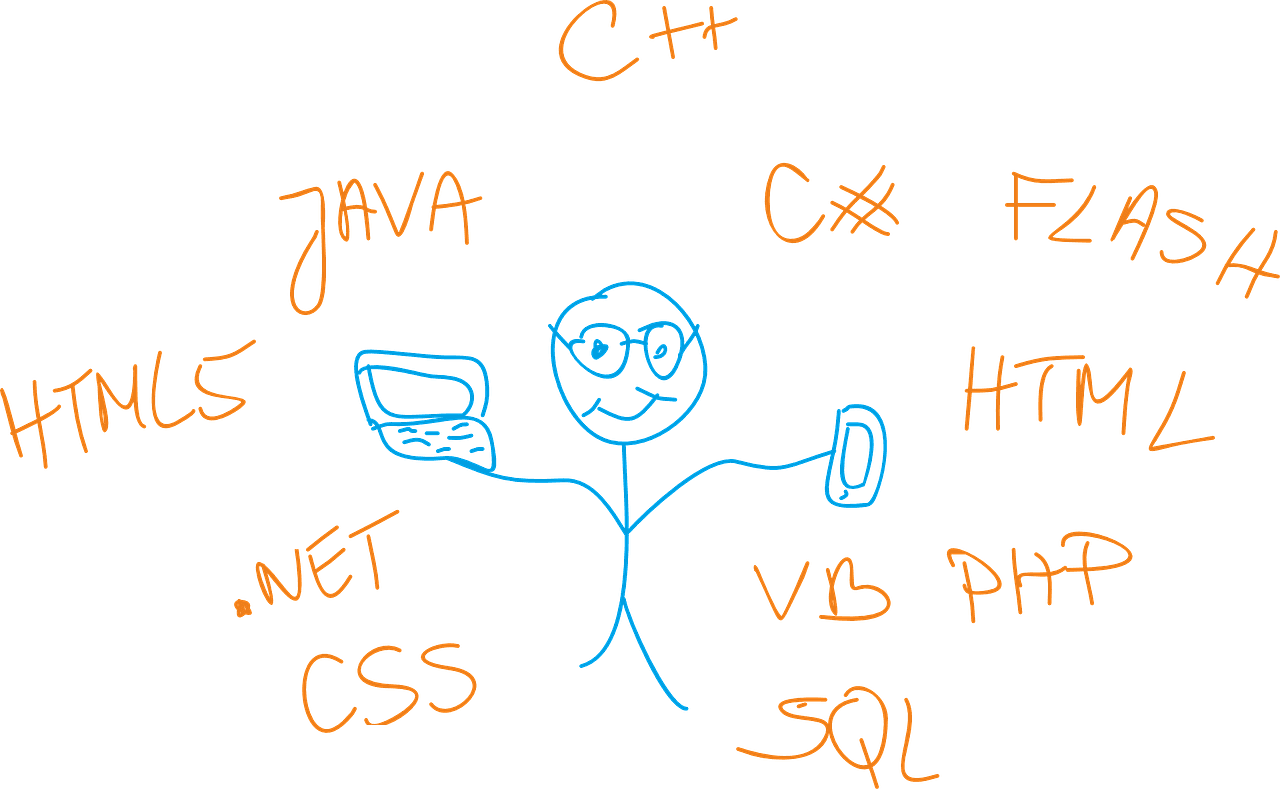khan Waseem
Wed Jan 25 2023
-2 min read
What is programming language?

A programming language is a formal language that is used to communicate instructions to a computer. It is used to create software and applications and allows developers to write code that a computer can understand and execute. There are many different types of programming languages, each with its own unique syntax and set of commands. Some common types of programming languages include:
- imperative languages, which include languages like C, C++, and Java. These languages are based on the idea of giving the computer a set of step-by-step instructions to follow.
- Functional languages, which include languages like Lisp, Haskell, and ML. These languages are based on the idea of evaluating mathematical functions and building up large, complex programs from small, simple functions.
- Object-oriented languages, which include languages like C#, Java, and Python. These languages are based on the idea of creating objects, which are self-contained units of code that can be manipulated and interacted with.
Each programming language has its own strengths and weaknesses and is best suited for different types of tasks. For example, C and C++ are often used for system programming and developing operating systems, while Python is a popular choice for scientific computing and data analysis.
Programming languages also have various levels of abstraction, some languages like Assembly are very low level, close to the machine language, and are hard to read and understand for humans. While others like Python or JavaScript are high-level languages and are easy for humans to read and understand.
One of the most important things to consider when choosing a programming language is the community and resources available for that language. A large and active community means that there are many resources available, such as tutorials, libraries, and frameworks, that can help you get started and continue to learn.
In addition, many programming languages are open-source, which means that their source code is publicly available and can be modified and distributed by anyone. This allows for a large and diverse community to contribute to the language and its development, making it more powerful and flexible over time.
In conclusion, a programming language is a formal language used to communicate instructions to a computer. It is used to create software and applications and allows developers to write code that a computer can understand and execute. There are many different types of programming languages, each with their own unique syntax and set of commands, and they are best suited for different types of tasks. Choosing the right programming language depends on the task at hand and the community and resources available for that language.